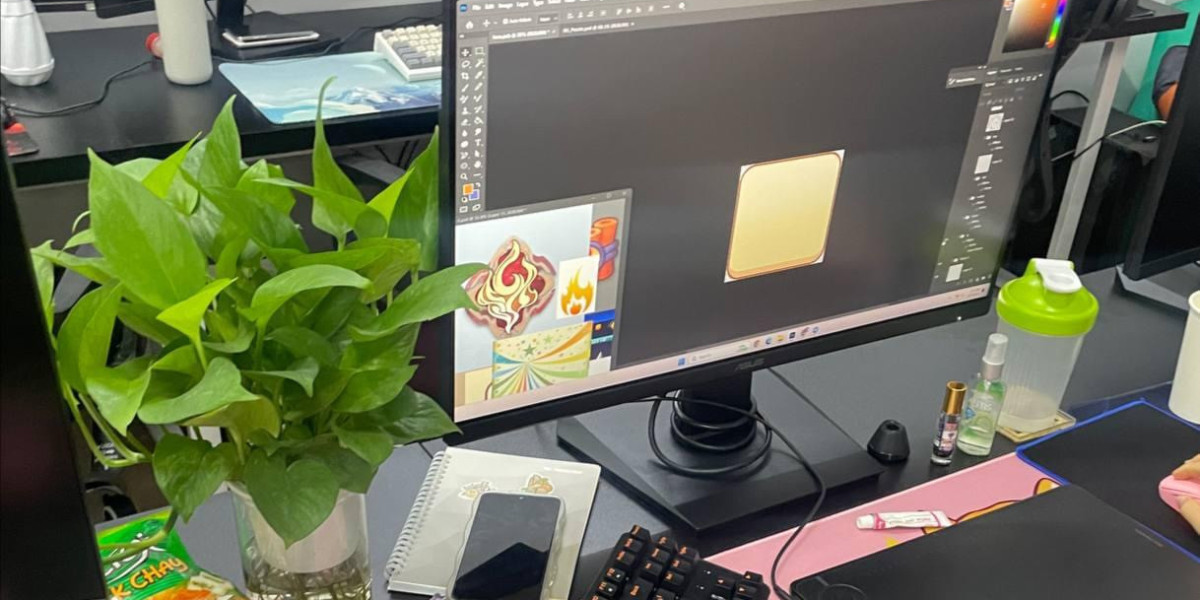In Xu Qing’s understanding, this extremity was like the most primitive sand in the time desert, shifting repeatedly to form one timeline after another, transforming into countless space-times. Xu Qing’s cultivation base… caused the waves in their hearts to be even bigger. If he truly managed to break through in this way, at the moment he stepped into the Quasi Immortal realm, his starting point and accumulated foundation would be astonishing, even among other Quasi Immortals.
In 2002 and 2011 it was chosen as one of the Top Eight Sights of Guangzhou. Filled with strong cultural and artistic features, Chen Clan Ancestral Hall will give you a ticket to a biggest family in Guangzhou during the Qing Dynasty (1644~1912). The Forbidden City is the display of the imperial architectural art, and the Chen Clan Ancestral Hall is a show of folk architectural art. In 1959, the People's Government converted the chen clan ancestral hall hours Clan Academy into the Guangdong Museum of Folk Arts, which collects, studies and displays folk handicrafts made in Guangdong and the rest of the country during the bygone dynasties.
During his stay in Taixuan Sacred Land, Gu Changge found out about Su Qingge's physique and later, the existence of another soul within her. After transmigrating, Gu Changge found himself temporarily residing in Azure Lower Realm in search of a terrifying spear with unspeakable might. He 'woke up' during the protest of an inner disciple of the Taixuan Sacred Land, Ye Chen to the Saintess Su Qingge's bethrothment to him.
Originally serving as a preparatory school for imperial examinations, it later became a practical school for clan members. This majestic complex, covering 13,200 square meters, comprises 19 buildings with nine halls and six courtyards, all interconnected in a symmetrical pattern. Visit Chen Clan Ancestral HallThe Chen Clan Ancestral Hall, originally constructed in 1894 as an academy for young Chen clan members to prepare for the imperial exams, stands as a magnificent testament to Guangdong’s architectural and artistic heritage. This symmetrical complex boasts 19 buildings, nine halls, and six courtyards, showcasing intricate wood carvings, pottery, and other traditional art forms. Once transformed into a school and now housing the Guangdong Folk Art Museum, the hall remains a cultural cornerstone.
Inside the hall, you can find an exquisitely carved folding screen with excellent woodcarvings, which can impress anyone. Located in the center of the temple, the main hall of this place is called the Juxian Hall. Here is where the Chen family members used to assemble before the establishment of the temple. The idea of building this place was first proposed by two members of the Chen family, Chen Ruinan, and Chen Zhaonan.
Discover cheap hotels, local attractions, and travel tips for an unforgettable experience. This guide is your companion to exploring the intricate beauty of the Chen Clan Ancestral Hall, with its stunning architecture and invaluable artifacts, and the serene elegance of Shamian Island, a testament to Guangzhou’s colonial past. Through these explorations, you’ll discover the soul of Guangzhou – a city that harmoniously blends tradition and modernity, inviting travelers to dive deep into its unique cultural tapestry. An all-in-one ancestral shrine, Confucian school and ‘chamber of commerce’ for the Chen clan, this compound was built in 1894 by the residents of 72 villages in Guangdong, where the Chen lineage is predominant. There are 19 buildings in the traditional Lingnan style, all featuring exquisite carvings, statues and paintings, and decorated with ornate scrollwork throughout.
The two giant stone drums at the entrance were set up by Chen Botao to flaunt the third place he got in the imperial examinations. The place wasn’t overly busy the day I visited, although I was there on a Wednesday afternoon. If you have some time to kill while in Guangzhou, I would definitely recommend a visit to the Chen Clan Academy for some culture and history. Perhaps one of the most well-known tourist places in Guangzhou, I had passed by the Chen Clan Academy a number of times before finally deciding to pay the 10RMB entrance fee to visit this place. On Wednesday of the third week of each month, you can get free entry to the temple; however, there is one exception, which is in June. In this month, you can enter the museum freely on the second Saturday since it’s National Cultural Heritage Day.
Here you'll see many people resting, parents playing with their children, and tourists taking pictures of the interesting things in the garden, like the bushes in the shapes of dragons and the colorful flowers. The main buildings are the Entrance Area, the Gathering Hall and the Rear Hall with the walkway rising as you go further into the Academy, this is to signify moving higher in the career. In addition to appealing to the senses, these elements depict stories of traditional Chinese dramas and portray a macro view of the charming culture of the Chinese as well as showcasing the talent of ancient craftsmen. The purpose of the hall was to provide a central place of lodging and study facilities for the convenience of the numerous family members coming to Guangzhou to prepare for Imperial Examinations. Chen clan members from 72 counties in Guangdong Province responded to the call.







